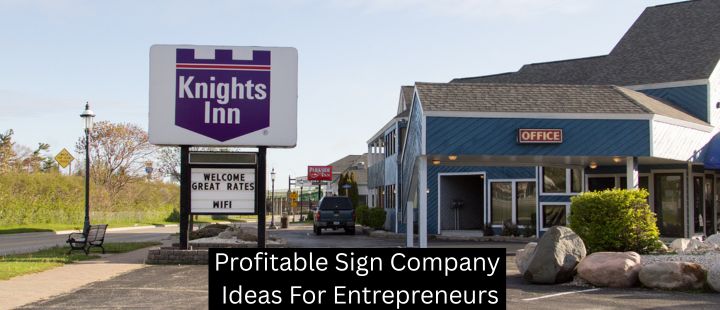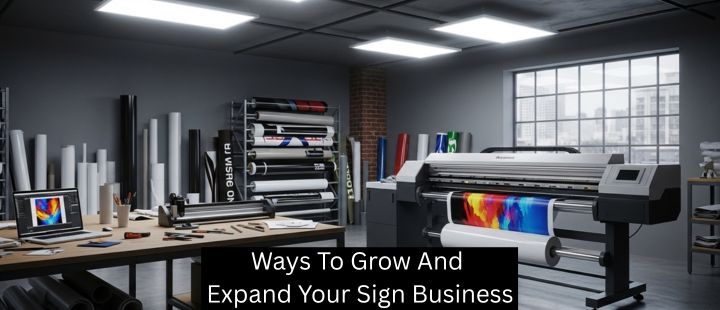Whether you’re hosting a big sale, conference, or family event, there’s a good chance you’ll need a variety of wayfinding signs to make it work.
Today’s post shares 10 design and display tips to help you make the most of your wayfinding signs.
- Survey the space. Take the time to walk the property and familiarize yourself with the event’s layout before you order your signs. As you move through the space, consider the architectural design, surfaces, finishes, landmarks, and lighting. And keep track of anything you struggle to locate. This will ultimately help you anticipate the needs of attendees.
- Keep signage clear and concise! Directional signs need to be taken in at a glance. Avoid too many words, fancy fonts, and poor contrast between background and foreground colors. Use common language rather than clever names – wayfinding signs are meant to inform, not impress!
- Install long-standing signage with everyday hazards in mind. What looks like the perfect installation spot may put your wayfinding sign at risk. Weed whackers slash up sign posts; bikes and cars dent and ding; direct sunlight fades color and content away; gutters spew mud and slush on your carefully crafted design – the list of everyday hazards is really endless! Keep these things in mind as you decide on installation spots to prolong the life of your signs.
- Plan around “decision points.” Generally speaking, you want to install signs at any point where a wayfinding change or decision can be made. These areas include stairways, elevators, hallways, entrances, exits, transition spaces, and crossroads.
- Make no assumptions. Treat all readers like first-time visitors.
- Don’t skimp on signposts. Depending on your location and needs, your signpost selection could be all the difference between a quality sign and an expensive chunk of tumbleweed. If you’re mounting a long-standing outdoor sign somewhere with robust winters and strong winds, pressure treated wood isn’t enough. We generally recommend using aluminum tube posts with a textured finish and setting the posts in concrete.
- Stay consistent. Make an effort to standardize names for locations and routes. Referring to the same space as both a “foyer” and “entrance hall” can create serious confusion for guests, so pick one and stick to it.
- Add “travel distance” where possible. One of the best ways to orient your reader is to tell them the distance from point A to point B. This makes it much easier to navigate by landmarks and also comes in handy for guests trying to time meetups (or gauge whether they can squeeze in a bathroom break before intermission is over!).
- Be diligent about keeping signs up to date. A single outdated wayfinding sign can completely disorient a guest or attendee.
Understand your options. Wayfinding is an art, and an artist must know their tools. There are a wide variety of wayfinding signs available to you, including; directional signs, destination signs, aisle signs, orientation signs, regulatory signs, event signs, information signs, and more. There’s also the matter of medium: do you want a digital sign, a vinyl graphic, or an A-frame?
To explore your options and talk with an expert, visit http://www.signworld.org.




